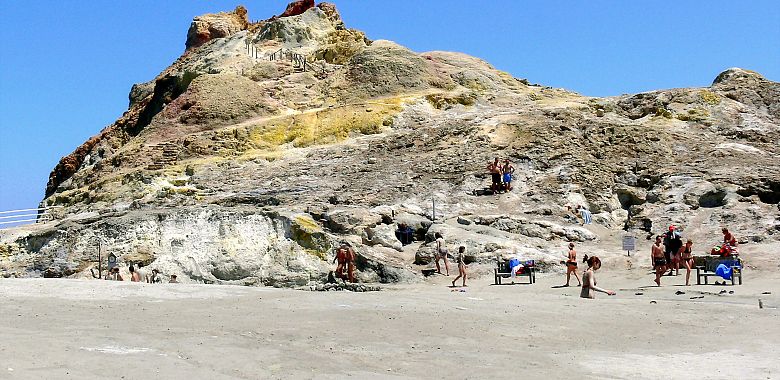Carnevale... Sicilia in festa
Il Carnevale è la festa pagana per eccellenza. Le sue origini sono antichissime...il periodo in cui si svolge fa pensare alla festa ateniese a sfondo dionisiaco delle Antesterie (fine di febbraio), quella ellenistica che si basa sulla processione del carronave di Iside che anticamente si svolgeva agli inizi di marzo e soprattutto ai Saturnali latini.
Il termine Carnevale deriva dal latino "Carnem Levare" ,che indica il divieto ecclesiastico di consumare carne durante il periodo quaresimale.
Le prime notizie storiche certe sul Carnevale siciliano risalgono al 1600 e riguardano la città di Palermo e, col passare degli anni, la ricorrenza assunse sempre più sfarzo nella preparazione degli addobbi, dei costumi e delle maschere e potere sul desiderio collettivo di evadere dalla routine e dal quotidiano.
Il termine Carnevale deriva dal latino "Carnem Levare" ,che indica il divieto ecclesiastico di consumare carne durante il periodo quaresimale.
Le prime notizie storiche certe sul Carnevale siciliano risalgono al 1600 e riguardano la città di Palermo e, col passare degli anni, la ricorrenza assunse sempre più sfarzo nella preparazione degli addobbi, dei costumi e delle maschere e potere sul desiderio collettivo di evadere dalla routine e dal quotidiano.
Il Carnevale siciliano è rinomato per lo sfarzo delle maschere utilizzate a sfondo satirico, e anche per il fasto culinario. Largo è l'uso di sughi di carne e di pietanze elaborate, e di dolci tipici come la "Pignoccata"(https://it.wikipedia.org/wiki/Pignoccata).
Passiamo adesso ai Carnevali più rinomati di tutta l'isola.
Certamente il Carnevale più celebre è quello di Acireale. Ha delle origini molto antiche che, si presume, risalgono alla festa del compatrono San Sebastiano inaugurata nel XVII secolo, in pieno dominio aragonese, e che diventò ben presto un'occasione di festa pubblica con giochi, mascherate e spettacoli vari.Nel 1800, inoltre, c'erano sfilate di carri nobiliari dai quali i nobili del posto, appunto, lanciavano leccornie al popolo.
Soltanto nel 1929 la festa assume una forma organizzata e, col passare degli anni, diventa sempre più sfarzosa ed imponente tanto da diventare una tappa quasi obbligata per chi vuol trascorrere qualche giorno di euforia prima dell'avvento della Quaresima.
Ogni anno si ha la sfilata di carri allegorici infiorati costruiti in cartapesta, di gruppi folcloristici e mascherati, l'esibizione di cantanti e di majorettes, l'esecuzione di giochi popolari nonché l'attiva partecipazione degli abitanti della città e di numerosi turisti.Vedi http://www.carnevalediacireale.it/).
Soltanto nel 1929 la festa assume una forma organizzata e, col passare degli anni, diventa sempre più sfarzosa ed imponente tanto da diventare una tappa quasi obbligata per chi vuol trascorrere qualche giorno di euforia prima dell'avvento della Quaresima.
Ogni anno si ha la sfilata di carri allegorici infiorati costruiti in cartapesta, di gruppi folcloristici e mascherati, l'esibizione di cantanti e di majorettes, l'esecuzione di giochi popolari nonché l'attiva partecipazione degli abitanti della città e di numerosi turisti.Vedi http://www.carnevalediacireale.it/).

Qui tutti i cittadini si prestano alla realizzazione dei carri, simboli che poi sfileranno nel classico quanto allegro corteo la domenica ed il martedì grasso.
Sempre prevista la presenza di massa alle varie feste serali che si realizzano nella pubblica piazza durante i giorni canonici della festa e che prevedono gare canore, giochi vari come l'albero della cuccagna e balli coinvolgenti.

Adesso tocca a voi... Qual è il vostro Carnevale preferito della Sicilia? ;)



